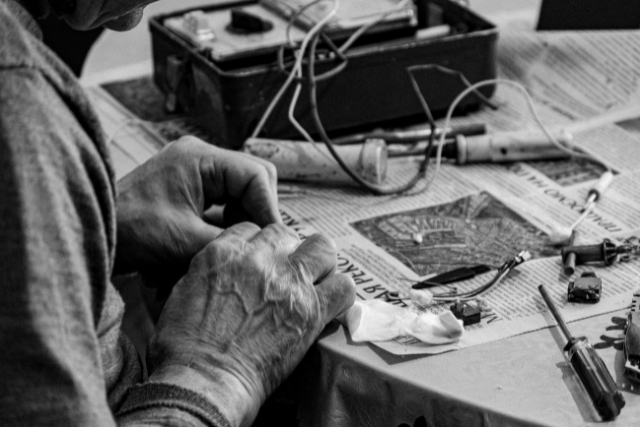Introduction At Electrolomas, we have discussed on several occasions about the electric cable, its definition,…

A Brief History of Electronics: The Origins
Looking back to study the history of electronics allows us to better understand its current reality. It certainly extends to all disciplines of knowledge and human activity.
At Electrolomas, we want to share with our readers the first electrical circuits and the beginnings of this field, in order to promote a better understanding of its functions and importance, as well as the advances achieved.
The Edison Effect and the Beginning of Electronics
Since his birth in 1847, the great Thomas Edison marked a before and after in this field.
He was a tireless worker who promoted revolutionary innovations, to the point of determining electricity today and forever. These are some of the great achievements that constitute Edison’s legacy:
- Incandescent light bulb. This invention forever changed the way homes and cities were lit.
- Electric power distribution system. He laid the foundations for exponential progress in global social and technological well-being.
- Alternating current. Although he initially championed direct current, which proved to be more expensive and unstable, his tenacity encouraged Nikola Tesla to consolidate it.
- Phonograph. It was the first device capable of recording and reproducing sound, which was another great advancement inspired by this visionary.
However, his greatest contribution is thermionic emission, better known as the Edison effect. In 1880, he published the discovery that explained why the filaments of his glass lamps broke or the glass of some light fixtures darkened. The cause? The transmission of a flow of ions from a metal surface through thermal energy.
From this moment on, electronics had a cornerstone on which to base itself.
What were the first steps in the history of electronics?
The development of electronics is based on successive milestones that marked a technological before and after. From the invention of the vacuum tube and the creation of the first electrical circuits to the emergence of radio and television, the journey was not without immense joys and some disappointments.
This birth and subsequent evolution of modern electronics constitutes the foundation of the digital world we live in today. Every step along this path has been fundamental to human technological progress.
Modern electronics would not have existed without certain prior advances in the field of electricity. During the 19th and 20th centuries, scientists such as Faraday and Maxwell laid the theoretical foundations that allowed us to understand how electrons and electrical conductivity behave.
Later, Fleming invented the vacuum tube, and in the 1940s, the transistor sparked the great electronic revolution that has led to the digital boom of the 21st century.
4 Major Milestones in the History of Electronics
Below, the first substantial events in the history of electronics are presented in chronological order:
- Telegraph, 1898. Created and patented by Poulsen, it recorded sound using steel wire as a magnetic medium.
- Electrons, 1899. J.J. Thomson recognized them as the charges released by heating a metal surface.
- Wireless telegraph transmission, 1901. The first, achieved by Guglielmo Marconi, was carried out across the Atlantic.
- Electromagnetic wave detector, 1903. Fleming found a practical application for the Edison effect thermionic tube, later called a diode. Based on this achievement, John Ambrose Fleming became known as “the father of electronics.”
Since then, the succession of discoveries, discoveries, and innovations has cemented a wonderful and productive history of electronics. At Electrolomas, we maintain this spirit of research to continue adding advances to this reality. Exploring their catalog to find innovative solutions for your industry is highly recommended!

